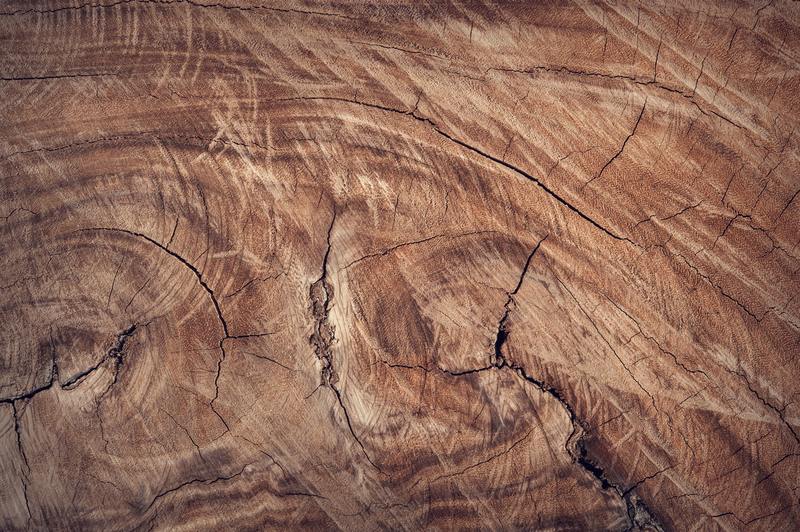Wood is one of the most attractive materials for all sorts of projects. However, they are susceptible to decay, and how to get mildew off wood is one thing you can learn to stop such an event.
Wood is not just beauty after all; it also blends well with other varieties of construction materials.

As one with undying popularity (not only to carpenters but almost everyone), wood preservation has been developed in dozens of ways. The typical problem of termites, for one, have been solved and even exploited for more unique designs and products.
These days, wood is usually covered with epoxy resins or other coating solutions to keep it from weathering and significantly delay its decay. However, the case of organisms feeding on it often happens before they’re processed and coated.
Steps On Removing Mildew Out Of Wood
Mildew sets upon and feeds on almost every type of wood. While the severity of the damage they do differs on the wood type, mildew combined with other organisms are guaranteed to bring any structure into mush if left alone.
If you see early signs of mildew spores puffing in your wooden slabs, here’s how you can properly remove them.
Step #1. Check the extent of the infestation
Before you start cleaning, first check if the amount of mildew already in your wood is within your capabilities of dealing with. If the infested area is more than 10 square feet, you need to call a professional to check it; they might deal with it or recommend that you get new pieces.
However, if the area where mildew has grown is less than 10 square feet and it hasn’t been long since they’ve been there, then you can work on it. Get some PPE (mask, gloves, etc.) and all the tools you’ll need before getting started.
You may want to read this article on where to buy CLR mold and mildew remover around your area for the treating solution.
Step #2. Vacuum the mildew
Next, you need to vacuum the mildew off the wood. This is the most effective way of thinning out the infestation first so they don’t start spreading out.
Vacuum for mold and mildew should be the same, but it should be better than the common ones we have at home. Pick one that can suck and filter the size of the mildew and its spores.
Step #3. Wash the mildew off with soap and vinegar
After thinning it out, you can now wash off the mildew. Take some detergent soap and brush off the area, removing all the stains and dirt as you go.
After the soap, get a solution of white vinegar; the more concentrated, the better. Rinse the soap with warm tap water first before applying the vinegar for better absorption and efficacy.
You can use bleach to remove stains that are too tough for the soap. Note that bleach and some commercial products can also kill mildew.
Step #4. Rinse well and dry
As you’re going to use the wood for particular projects, you wouldn’t want it to go smelling sour. Rinse the wood with running water until the smell is tolerable.
Keep the water contact to the minimum, though, so it doesn’t take too long to dry. Wipe it with a cloth or use a wet vacuum to suck the water out.
Let the wood soak some sunlight and make sure it’s bone-dry before storing. If your wood isn’t up for construction soon, make sure to keep it somewhere that’s not damp nor someplace that will accumulate moisture to avoid recurrence of the mildew.
If your wood is bamboo, here’s a specific article on how to remove mold from bamboo, so you can study it in detail.
Can vinegar kill mildew in wood?
Vinegar can kill mildew, not only on wood but on almost all surfaces. It’s pretty effective in this task since it contains acetic acid, antifungal, and even antibacterial.
With an acidic pH, vinegar is one of the most common household items you can just grab for mildew. However, vinegar can leave a disturbing smell afterward, so another thing popular against mildew is bleach.
Does mildew cause wood to decay?
Mildew is just another type of fungus, but it is not as potent in decomposing organic materials, unlike mold. Therefore, the answer to this question is that mildew alone will not cause your wood to significantly decay at a faster rate.
The problem is, mildew is most of the time accompanied by wood rot and moisture. Both of which are guaranteed decaying agents.
For such a reason, you can take mildew as a sign that your wood needs attention and protection from natural weathering elements. Make sure you don’t let it get rained-on without coating because moisture is the one that attracts mildew, mold, and other sorts of fungal and bacterial infections.
Conclusion
Wood is constantly targeted by organisms, and mastering how to get mildew off wood is just one way of protecting it. Since it’s susceptible to decay, make sure you check and maintain it regularly, regardless of whether it’s already serving a purpose or for processing.
